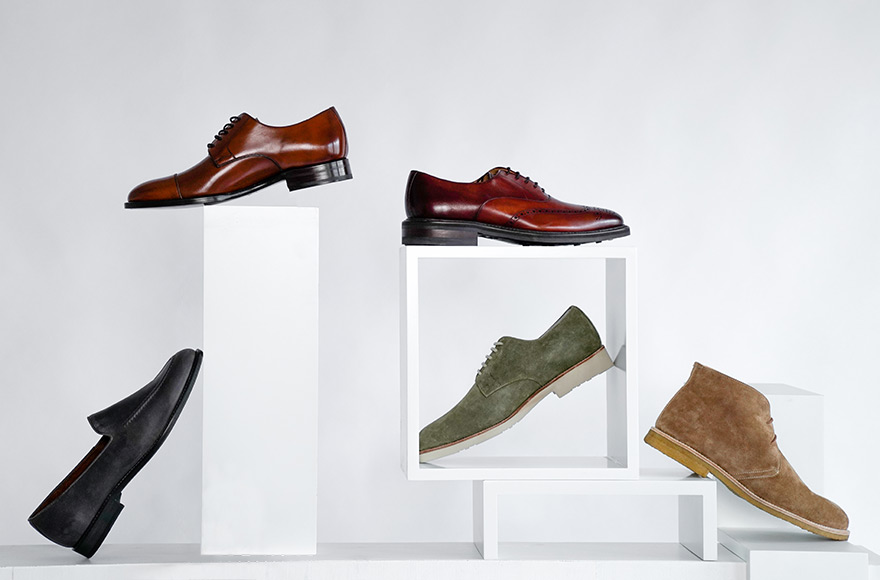Shoe lasts lay the groundwork for quality men's shoes. Perfectly fitting shoes can only be made with the use of a perfect last. Shoe lasts were already in use in antiquity, but quickly sank into oblivion. The best lasts are made of beech wood.

Shoe lasts are three-dimensional moulds shaped like simplified human feet, and are usually made of wood. Men's shoes are built around lasts during the later stages of shoe construction. As such, lasts are an extremely important element of shoemaking. Perfectly fitting shoes can only be made with the use of a perfect last. By taking into account the balls of the foot, heels, and instep, as well as how heel height changes the rolling motion of the foot, lasts determine the fit of the completed shoe.
Lasts were used during antiquity but fell into oblivion
Archaeological finds have confirmed that the Ancient Romans used lasts to construct their shoes. At some point in time this knowledge was lost, and was not regained until the Middle Ages, when shoemakers once more began to use lasts to make shoes. The art of last asymmetry was similarly lost and later regained. Ancient Greeks and Romans took into account the differences between the left and right feet, whereas later shoemakers only measured one foot and used this measurement to make shoes for booth feet. Naturally, this practice resulted in considerable wearing discomfort. At the beginning of the 19th century asymmetrical lasts were rediscovered and came into use, as before, to ensure perfect shoe fit.

Excellent lasts are made of copper beech and hornbeam
Only the finest wood is used to make quality lasts. During processing and storage, the wood needs to be able to withstand high pressure, blows of the hammer, nails being driven in, humidity, and temperature fluctuations. Types of wood that meet this criteria include beech wood, maple, oak, elm, and walnut. The absolute best choices, though, are copper beech and hornbeam.
In a last maker's workshop, logs are sawn into pieces approximately 32 cm in length. These pieces are also 30 to 40 cm thick, which means that four to six lasts can be made from each piece of wood. The wood is then steamed at 120 degrees and set aside to dry for about two years. At the end of this period the wood is left with a moisture content of just 16 to 18 percent. For further processing, though, this proportion needs to be reduced to 10 to 12 percent. This is achieved with the use of a drying chamber, where the wood that will be used to make lasts is treated with hot air for three weeks.
Lasts can be used for many years
While last makers once made lasts exclusively by hand, today last makers all around the world use so-called printer. The wood is mounted on a lathe in the printer, and a last template is selected corresponding to the desired shoe type and size. The printer then produces a pair of asymmetrical lasts within five to six minutes.
Last makers add final touches by hand to printer-made lasts. The last maker saws off the bits used to mount the wood at the toe cap and heel, and drills a number of horizontal holes into the upper third of the last, which makes it easier to remove the last from the shoe that is stitched over and around it. The last maker also saws off a finely curved wedge from the last to facilitate last removal once the last has fulfilled its shoemaking purpose.
The last is passed on to the shoemaker, who keeps the completed last. He will use it to test out shoe prototypes and, in the event of issues with the shoes made from the last, ask the last maker to make adjustments. If the shoemaker is finished making shoes with the last, he puts it away in storage. Quality shoe lasts can be used for many years, provided that they are stored in a room at the proper temperature and level of humidity.
Additional Elements of Shoemaking
- Designing
- Stamping
- Sewing
- Assembling
- Shoe Room
Find your perfect shoe last at Shoepassion.com
Handmade Shoes for men & women ★ Various styles & designs ★ High quality ★ Fair & sustainably produced in Europe ★ Exellent value for money ★ Many models on sale













